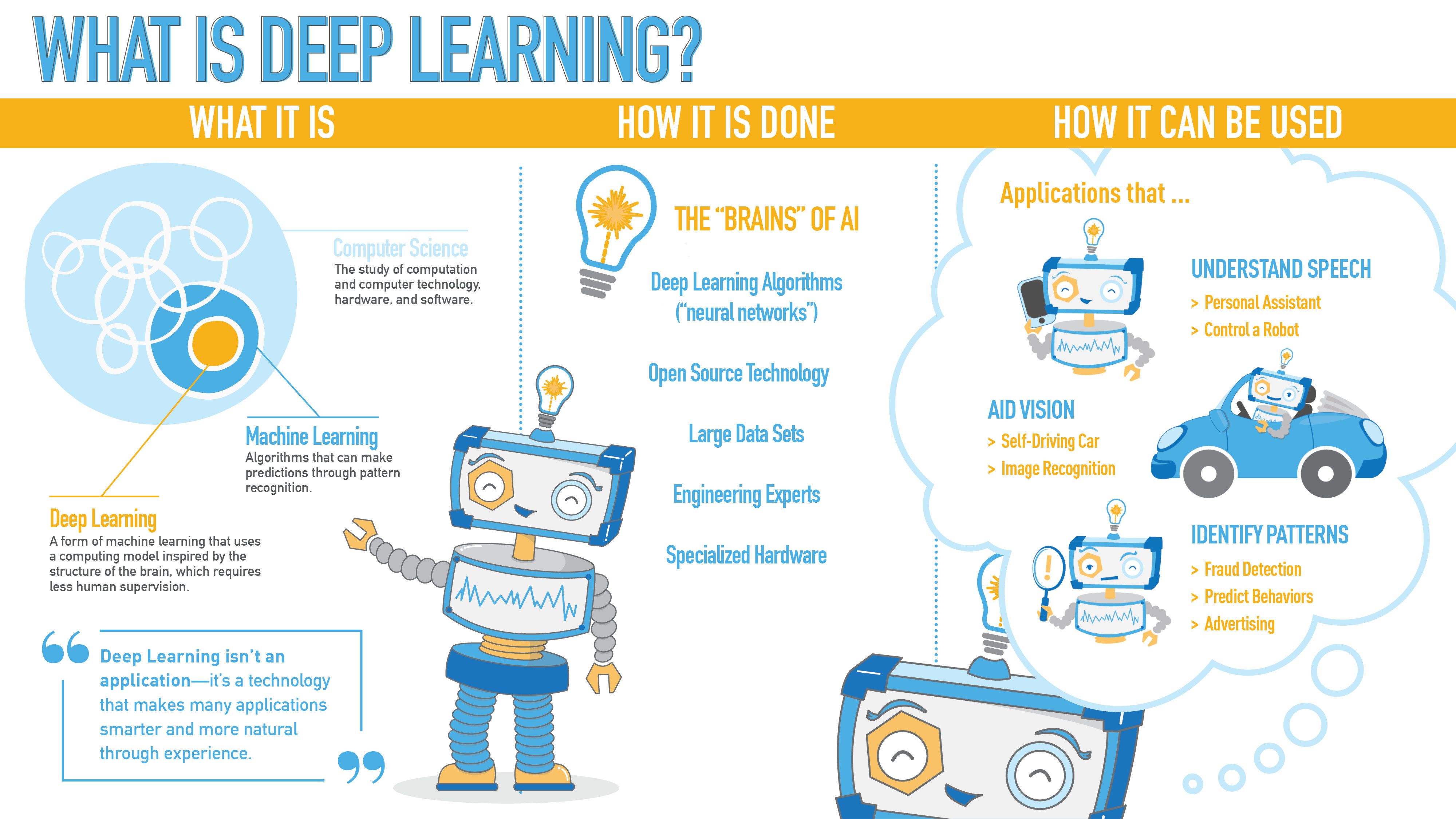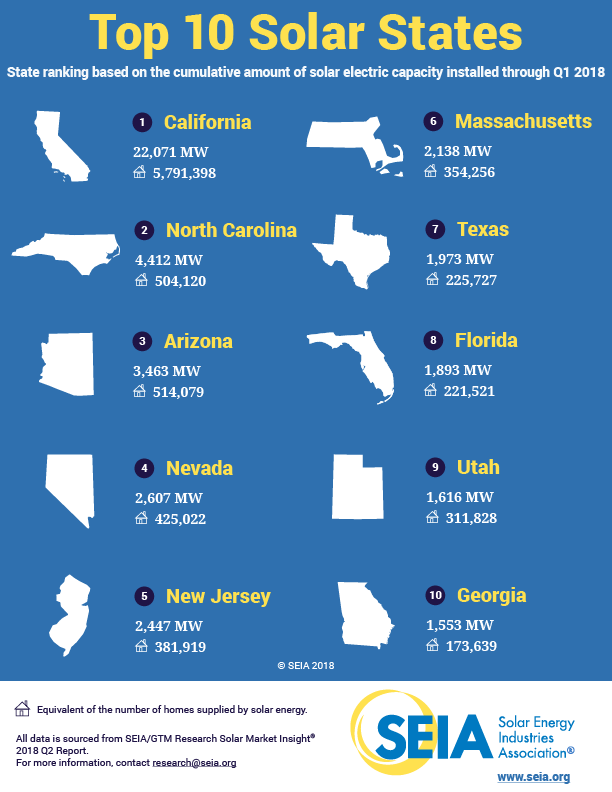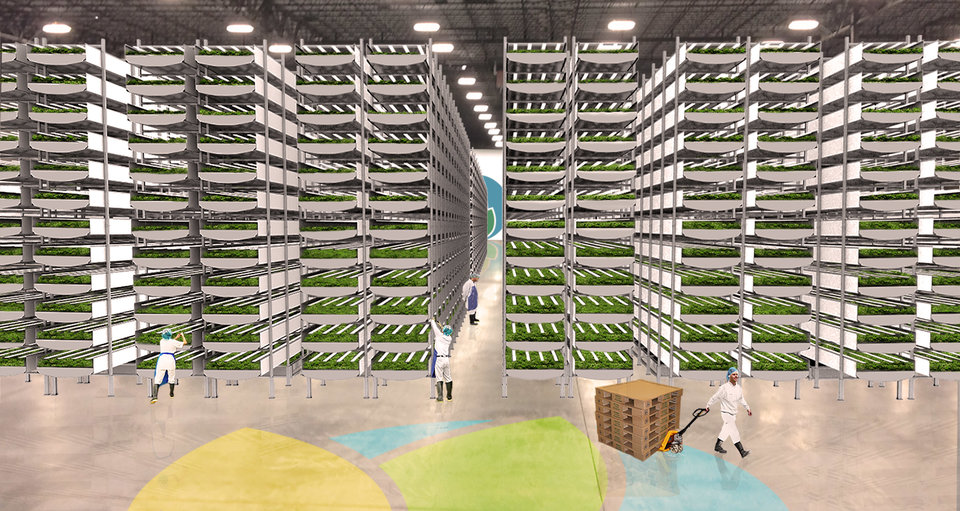Background
Computers entered the work-a-day world about 50 years ago, at a time when data was to be crunched, sorted, and operated upon. Then our machines became better and our programming more sophisticated, allowing us to begin processing information along with data. Computer modeling and forecasting emerged.
Today we find ourselves processing knowledge. It’s all around us, manifested as Apps, web bots, avatars, algorithms and such; and in physical form as driverless cars, robots, GPS, travel route planning, autonomous drones, smart bombs/ military equipment. This is the province of AI, where our machines process knowledge, a high order thinking function. It’s not about crunching, computing, merging and sorting data/information, but about processing knowledge—such as strategies, scenarios, contingencies, gaming…etc.; and the ultimate holy of holies….wisdom. It is not the information revolution we are in, but more accurately, the knowledge revolution.

What could be possible?
A quick look at where the AI wave could take us:
- Detecting minute patterns in scientific and engineering analyses could lead to new discoveries and innovative new products. Likewise, minute changes in human behavior can provide insight into long-term social changes.
- The Internet of Things, enhanced with deep learning capability, would seamlessly link sensors, data, information and knowledge together to greatly improve the operating efficiencies of utility services, communication networks, traffic control, airline monitoring and scheduling…etc.
- Autonomous robots could take on new roles in society, such as helpers for the handicapped and mobility challenged; avatars and tutors for early school-age children and classrooms; and, serve as companions and monitors for dementia afflicted senior citizens, and surgery recovering patients.

An AI powered human “friend” and companion
- Intelligent systems could process a variety of applications for such things as bank loans, job selection, contractor selection….etc.
- Intelligent systems could be applied to making financial decisions either on a personal or fund level—learning and observing from many years of data and trends; making recommendations and perhaps even executing trades.
- AI systems could be used to learn the buying habits of customers/groups of customers that could be used to stimulate the development of new/improved products and services, or provide personalized recommendations for internet shoppers.
- Smart systems could help doctors better diagnose unusual medical conditions, avoid medicine conflicts, and warn of potential future complications.

Impacts of an AI world
This is what scares folks not prepared for this kind of workplace. It is not about right answers anymore, but rather about deep thinking and learning, decision-making, asking the important questions, strategic planning and such. Maybe it is not a coincidence why the modern workplace is no longer interested in the SAT/GRE/GPA scores of potential new hires—why the soft skills of prospective employees is important to them. The knowledge revolution will require a new mindset…one of continuous learning, leadership, teamwork and communications.
The workplace ante has been seriously raised. It is not about what you know, but what you can do with what you know; how fast you can do this; and how effectively you can capture that knowledge process and teach machines to do this as well. The use and application of AI is the next step in the usefulness of humans in the workplace; a new definition of human capital, and triggering a renewed look at what is intellectual property?
Edison understood this in rudimentary form, when he developed his R&D lab concept, a process to turn raw ideas (data and information) into new products (knowledge); with the mantra of continuous learning and improvement of that knowledge. He fully appreciated that failure was an essential part of his machine learning—his human, organic machine….the product development team! Edison knew he had to compete in the marketplace based on higher order thinking skills.
****************************
Don’t worry about some malignant AI based code taking over the world or enslaving our computers and society…turning us into mindless drones. Worry about whether our educational infrastructure [and parents] understand what the business world will require of students; and if our educators will be brave enough to change the way teachers and students are taught.
Editor’s Deep Dive
Thomas Edison said, “Many of life’s failures are people who did not realize how close they were to success when they gave up.”

Left: Intel-Edison module now available world-wide for developers. Right: The “Tommy” award given by the Edison Innovation Foundation.













